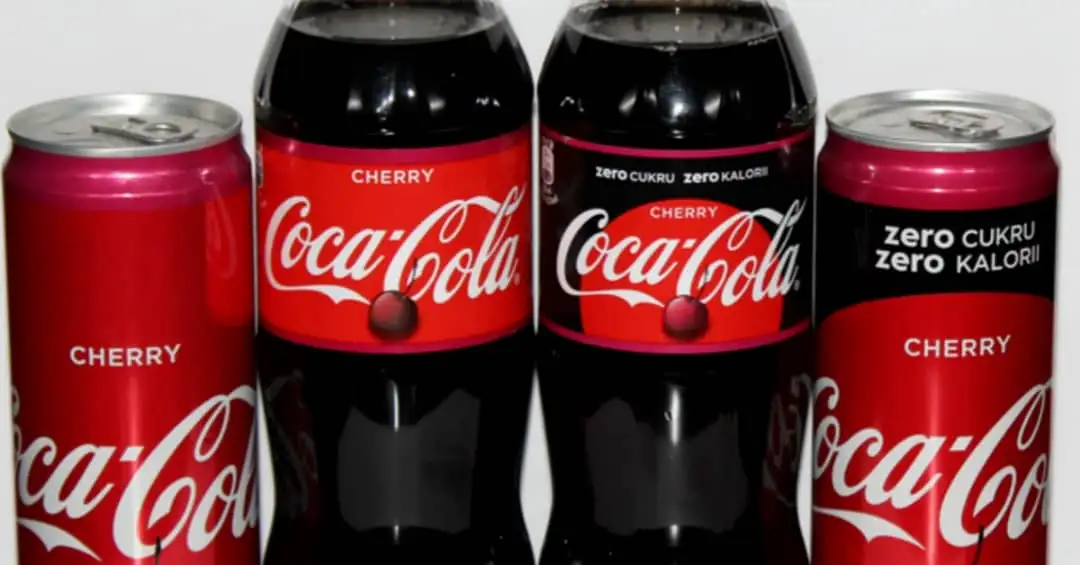
Table of Contents
Coca-Cola doesn’t contain many of the nutrients your body needs in the form of vitamins, proteins, or minerals but it has sodium, sugars, and caffeine in such a significant percentage of daily values that could have a direct impact on how your body works and feels.
How much Coca-Cola you consume should be guided by 4 factors which are you:
- Age,
- The type of job you do,
- Your health status, and
- Genetic factors.
The drink was invented in 1886 by an American chemist called John Stith Pemberton.
Some people believe that some of the ingredients in Coke can’t be made public as they are held as part of the proprietary formula. I can’t tell how true or false that assumption is but we’ll delve into the nutrition facts for Coca-Cola based on what we know it contains.
The ingredients and nutrition composition of Coca-Cola.

Ingredients
Ingredients you would easily find on Coca-Cola cans, or bottles include:
1. Carbonated water: Water into which carbon dioxide (cos) gas has been injected under pressure. This gives the drink its effervescence or bubbles.
2. High fructose corn syrup: This is a sweetener made from corn starch.
3. Caramel color: A food coloring substance derived from heating carbohydrates usually in the presence of acids, alkalis, or salts. The reaction is known as caramelization and it smells like burnt sugar. This gives the drink its color.
4. Phosphoric acid: This substance is responsible for the sharp and sour acidic taste.
5. Natural flavors: The exact constituents of these aren’t known but there are speculations the flavors are derived from cinnamon, vanilla, spices, and some essential oils. These natural flavors are said to be the most held secret by the company.
6. Caffeine: A stimulant derived from kola. It improves mental alertness, focus, and memory. Research has shown caffeine is said to be the most widely consumed stimulant drug globally.1 This compound and the caramel color give the drink its characteristic slightly bitter taste.
These above-listed ingredients are combined using a formula that’s best known to the Coca-Cola company. The combination results in measurable quantities of some key nutrients that are used to distinguish different types of the drink as shown in the table below.

source: Coca-cola.

Source: Coca-cola.
Nutrition composition.

From the tables, you’ll find out most Coca-Cola drinks have the basic nutrients of Sodium, carbohydrates, and sugars but in varying quantities.
1. Sodium: This scientific name is Natrium (Na). It plays an important role in the conduction of nerve impulses in your body as well as good muscular contractions or reflexes.
It ensures there is a balance between the intracellular(fluid found inside the cells of your body) and extracellular(fluid outside the cells) body fluids. It’s also necessary for electrolyte balance.
2. Carbohydrates and sugars: These provide energy for your body cells.
3. Caffeine: As described earlier, caffeine is a central nervous system (CNS) stimulant that can keep you going and energized all day according to the Journal of Human Psychopharmacology.2
Types of available Coca-Cola.
The table I made above shows there are two major types of Coca-Cola drinks. They are categorized based on their nutrition facts or composition.
- The first is caffeinated Coca-Cola drinks as shown in Table 1.
- Caffeine-free drinks shown in Table 2
This distinction is very important because caffeine is a very powerful stimulant with a distinct effect on your central nervous system. While many stand to benefit from caffeinated drinks, not everyone may desire them. It is up to you to find out where you stand with respect to this stimulant and put that into consideration when next you want to order a bottle of coke.
There are also sugar-free Coca-Cola drinks but they are not covered on the table.
The retail quantities of these drinks available to you depend on geographical regions. The volumes that are not listed in the tables include:
• 8 fl oz that contains 26g of sugar plus 100 calories,
• 8.5 fl oz containing 28g of sugar plus 100 calories,
• 16 fl oz with 52g of sugar plus 190 calories.
Nutrition facts for common servings of Coca-Cola.
Servings of Coke come in different volumes. Just like with most other products out there, these servings differ in the amount of active ingredients they contain. Here, we’ll take a look at the contents of three of them below.
Nutrition Facts for Coca-Cola 12 oz.

Image credit: Medium
Drinks of 12 oz content could come in containers of 8, 12, and 24 packs(servings). They could either be caffeinated or caffeine-free and contain equal amounts of calories(140), sodium(45mg), and Sugar/Carbs(39g).
The caffeinated ones contain about 34mg of caffeine which is way below the maximum daily limit of 400mg and therefore, are safe.
The servings provide you with 2% of your daily value for sodium, 14% of the daily value of carbs, and 78% of the daily value for sugars.
These figures remain pretty much the same for caffeine-free volumes except for one that’s notably lower in sodium as shown in table 2 above. This has 35mg of sodium which represents 1% of the daily value for sodium.
Though it contains 39g of sugar/carbs just like the other volumes the Coca-Cola company placed its percentage of the daily value for sugar at 79%.
Nutrition Facts for Coca-Cola 20 oz.
The 20 fl oz has the highest amount of every nutrient present in Coca-Cola. It contains 240 calories, 75mg of sodium, and 65g of sugar and carbohydrates. The sodium content represents 3% of the daily value, the carbs are 24% and the sugar adds up to 130% of the daily value.
This quantity or volume usually comes caffeinated and contains 57mg of caffeine which is the highest caffeine content of any retail volume shown on the table.
Nutrition Facts for Coca-Cola Zero.
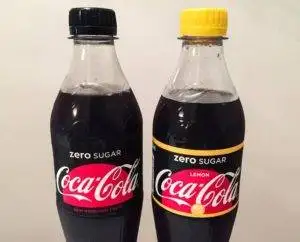
Photo credit: Annikdance
It has been re-branded “Coca-Cola zero sugar” and is known to have zero calories and zero sugars. The intention is to meet the needs of those who have reasons to watch their caloric intake or weight.
However, it does contain some 2% of the daily value of Sodium and potassium.
In the place of sugars, artificial sweeteners like aspartame and acesulfame potassium are used. These have no calories but the problem is that some studies show they achieve the opposite of why they were used concerning weight control according to Yale Journal of Biology and Medicine (YJBM)3 and a later study published in the National Library of Medicine (NLM).4
Some studies, however, suggest artificial sweeteners either help or add nothing to weight loss efforts.
How healthy is Coke?

It has been argued that two servings of coke daily increase your chances of coming down with type 2 diabetes by 20%. Share on X Well, on the other hand, lives have been saved by drinking a can of coke just at the right time. This happens under conditions of hypoglycemia to help restore blood sugar levels to normal.
Coca-Cola, as we know it, contains reasonable amounts of sugar or calories so just as it applies to everything, has to be taken in moderation. The key to healthy living is moderation so take it in moderation.
Taking excess amounts of coke can result in severe health consequences such as tooth decay, and heart disease, and also encourage the growth of cancer cells like those of the cervix in women.
Coca-Cola and low bone density plus Osteoporosis.

I’ve read articles that link coke to low bone density and osteoporosis but this may not be so true based on available research evidence.
- Firstly, Coca-Cola contains way below the maximum safe daily limit for caffeine consumption.
- Studies have shown there is only a negligible depressant effect of caffeine on intestinal calcium absorption. The effect can be easily offset by taking 1 or 2 spoons of milk.
- Secondly, research has shown there is no evidence supporting this on people who take the recommended daily allowance of calcium.5
In summary, coca-cola has its merits and demerits just like any other food item out there. Moderation is what sets apart winners from losers. You just have to tailor your consumption to suit your age, and health situation, or abstain completely if you must.
Furthermore, coke contains caffeine as we already know. It is not advisable to take it 6 hours before bedtime so it doesn’t interfere with your sleep according to the Journal of Clinical Sleep Medicine.6 Though, it may require more quantities of caffeine than is present in a serving of coke to interfere with your sleep.
Stay in touch by signing up for our newsletter:
The making of a healthier Coke.
According to the Coca-Cola company, it has been taking steps to meet the ever-changing tastes and complaints of its consumers in the following steps.
- Reduction in the sugar content of the drink.
- Reduction in the content volume per serving to make it easier for people to control the quantity they take. These are the 8.5 oz and below. These smaller volumes currently make up 40% of their product.
- They are making newer types of beverages with better nutrients like vitamins and minerals.
There is a general opinion Coke is an unhealthy drink, especially for the elderly. Be that as it may, with the above-listed steps taken by the Coca-Cola company, what you can expect is an increasingly healthier and safer soft drink with better nutritional content for the young and elderly. The availability of much smaller volumes of the drink also goes a long way in helping consumers control the quantity they take.
So that’s it on this topic and I hope it answered most or all of your questions regarding Coca-Cola. More questions and comments are welcomed. You may also be interested in finding out about the nutritional value of eggs.
References.
- Benowitz, N. L. (2003). Clinical Pharmacology of Caffeine. https://doi.org/10.1146/annurev.me.41.020190.001425 ↩︎
- Smith, A. P. (2005). Caffeine at work. Human Psychopharmacology: Clinical and Experimental, 20(6), 441-445. https://doi.org/10.1002/hup.705 ↩︎
- Yang, Q. (2010). Gain weight by “going diet?” Artificial sweeteners and the neurobiology of sugar cravings: Neuroscience 2010. The Yale Journal of Biology and Medicine, 83(2), 101-108. https://www.ncbi.nlm.nih.gov/pmc/articles/PMC2892765/ ↩︎
- Swithers, S. E. (2013). Artificial sweeteners produce the counterintuitive effect of inducing metabolic derangements. Trends in Endocrinology and Metabolism: TEM, 24(9), 431. https://doi.org/10.1016/j.tem.2013.05.005 ↩︎
- Heaney, R. (2002). Effects of caffeine on bone and the calcium economy. Food and Chemical Toxicology, 40(9), 1263-1270. https://doi.org/10.1016/S0278-6915(02)00094-7 ↩︎
- Christopher Drake, Ph.D., F.A.A.S.M., Timothy Roehrs, Ph.D., F.A.A.S.M., John Shambroom, B.S., Thomas Roth, Ph.D. (2013). Caffeine Effects on Sleep Taken 0, 3, or 6 Hours before Going to Bed. https://doi.org/10.5664/jcsm.3170 ↩︎






























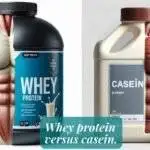
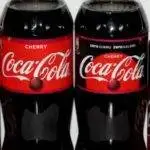










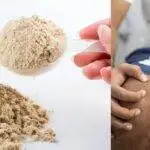












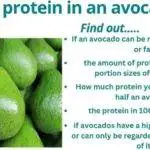
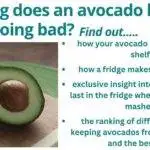
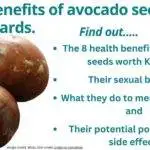


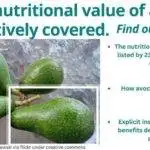
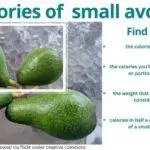
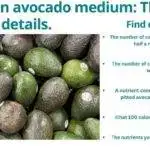



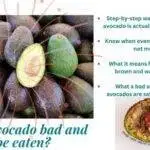


























































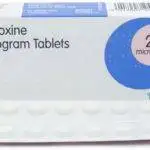


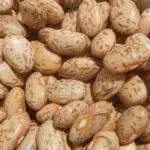









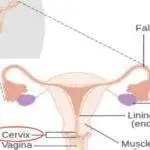




















I like what you guys are up to. Such intelligent work and reporting! Carry on with the excellent works guys. I’ve incorporated you guys to my blogroll.